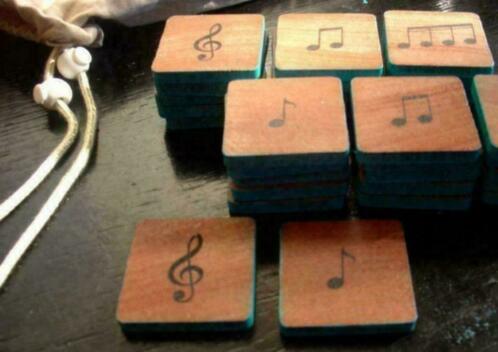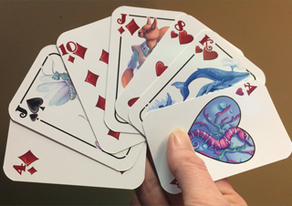Dance music, club music, or simply dance
Electronic Dance Music
|
|
|
EDM:
Over the past 40 years, EDM has evolved. Electronic dance music is a term that refers to a wide range of music that is based on percussive electronic music. It is also known as dance music, club music, and dance. This type of music is widely played in nightclubs, raves, and festivals. It is either played back or produced by disco jockeys “DJs” who create a seamless selection of music tracks, this is called a mix by segueing from one music recording to the other. Sometimes a live PA is produced by the EDM producers in which they perform their music live in a concert or a festival setting. EDM is called dance music or simply dance in Europe. This music is intended to be danced to as its name clearly states. You can find various music at https://www.cbra.systems to play.
The development of new several electronic musical instruments in the 1980s led to the development of EDM, especially those from Roland Corporation where the Roland TR-808 abbreviated to 808 more often, played a very important role in the evolution of EDM. 808 was a fundamental element of futuristic music.
EDM gained increasing mainstream popularity in Europe following the spread of raving and pirate radios in the late 1980s and early 1990s as well as the increasing interest in the club culture. While the acceptance of dancing was established in Europe, the dance culture was not very widely accepted in the States. That was notable in the record-selling industry which remained hostile to EDM although of the presence Electro which is a genre of music that mixes EDM and hip hop and the presence of Chicago house. The rejection of EDM in the States was because of linking EDM to drug abuse. That’s why the government made legislation to stop the spread of the rave culture.
After the year 2000, the EDM popularity increased largely throughout the globe especially in the States and Australia. The American press and music industry create the name electronic dance music and the initial “EDM” to rebrand the American rave culture. The term EDM is the main umbrella genre that has multiple music genres including house, techno, trance, drum and bass, dubstep, and trap music as well as their respective subgenres.
Now in the 21st century, EDM has the subgenres dubstep which was originated in south London in the late 1990s. It is generally characterized by sparse, syncopated rhythmic patterns with bass lines that contain prominent sub-bass frequencies. In 2001, this style of music along with other dark garage music started to be presented and promoted at London’s nightclub Plastic People, at the Forward night “FWD>>” that was considered influential to the dubstep development. Another subgenre is electro house that has has a tempo between 125 and 135 beats per minute and the trap music “EDM” that has originated from techno, dub, and Dutch house with a tempo ranging from 70 to 110 bpm.
By the mid-2000s, the EDM gained much popularity especially when Dutch producer Tiësto brought whole EDM into attention during the opening ceremony of the 2004 summer Olympics where he presented the soundtrack to this event. After this, in 2006, Coachella was a tipping point for EDM. Justin Timberlake’s “SexyBack” introduced the EDM music to be introduced in the top 40 radio charts. David Guetta, Akon, Black Eyed Peas all produced music that helps to increase the popularity of EDM in the world.
|
|
|
|

|
|
Guitar stand
|
|
|

|
|
Memory game
|
|
|

|
|
Playing cards
|
|
|
|
|
|
|
|